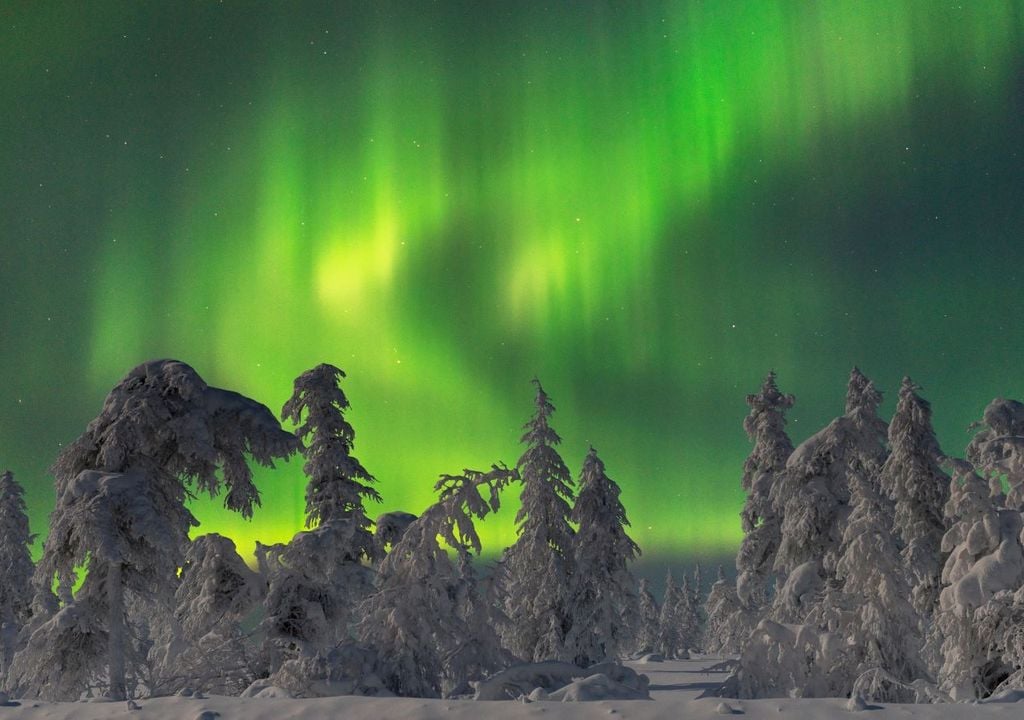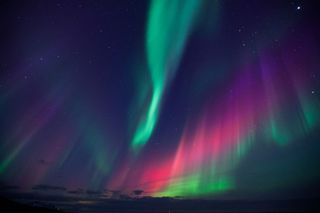The mystery of the Hessdalen lights, the strange light phenomena that appear in this corner of Norway
In Norway, in the region of Sør-Trøndelag, lies the valley of Hessdalen. This valley has become famous for a light phenomenon known as the Hessdalen lights that at the moment remains unexplained.

In Norway, in the region of Sør-Trøndelag about 90 km south-east of Trondheim, there is the Hessdalen valley. This valley has become famous for a luminous phenomenon known as the Hessdalen lights that currently remains without an explanation, although several hypotheses have been formulated, with related scientific studies. But so far, despite scientific debates, it has not been possible to give a valid scientific explanation to the particular and curious atmospheric phenomenon that attracts people from all over the world.
The Story of the Hessdalen Lights
Since the 1930s, residents and visitors to Norway's Hessdalen Valley have reported strange orbs of light in the sky. Some sightings are explainable phenomena, while others, which even occur during the day under certain weather conditions, are more cryptic.
According to computer scientist Erling Strand, who is part of a small team from the University of Oslo, the University of Bergen, and the Norwegian Defence Research Establishment trying to document and explain the lights, the light signals in the sky stopped abruptly in 1983 and then returned with a vengeance in 1984.
Some characteristics of the strange phenomenon
The lights, according to data collected and witnesses, can move slowly, dart and follow a random path, and last from a few seconds to more than an hour. Where their size could be estimated, they have sometimes been described as being the size of a car. But what causes these lights?
Another theory from 2006 blamed the landscape acting as a sort of natural battery that then discharges itself at regular intervals.

Indeed, the team noted that there were anomalies in the magnetic field in the area, consistent with the presence of some sort of "natural battery." It's not clear how something like this could produce enough charge to produce such visible lights, but the team suggests that it's due to local characteristics of the valley.
The problems for the study of the phenomenon and the hypotheses formulated
Unfortunately there are no statistics relating to the phenomenon, the testimonies refer to numerous luminous manifestations starting from the 80s, there was talk of up to 80 sightings per night, since then the occurrence of the phenomena has decreased even if a real statistic has never been made, given that the observations were made on a portion of the valley and the Italian expedition was on site one week per year.
Furthermore, these lights that could be generated as clouds of ions inside the mines. What is known today is that generally these luminous phenomena appear after the aurora borealis or in the presence of solar wind, therefore the mechanism that causes the brightness could be of electrochemical nature.








